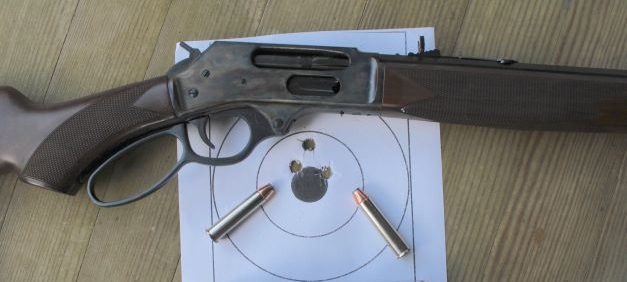
By Jim Dickson | Contributing Writer
In today’s world where the use of telescopic and red dot sights dominate, many shooters decline to spend the time and effort to master shooting with the traditional metallic, or “iron” sights.
That’s a bad thing as this is a very basic shooting skill with many advantages. Shooting accurately with iron sights is the first thing a shooter should learn, not the last. All types of sights have their advantages but here we are looking at where the iron sights are superior.
A good example is WWII’s greatest sniper, Finland’s Simo Hayha, a man with over 500 confirmed kills of Russian invaders of Finland during the Winter War. Simo used his Sako M/28-30 rifle (the Finnish version of the Moisin-Nagant rifle) with iron sights because scopes sometimes clouded in the extreme cold of the Finnish winter where many Russian soldiers actually froze to death.
Another reason was that the light reflected off the scope lens could give away his position. In many of the sniper-versus-sniper duels throughout history the man who first caught sight of light reflecting off his opponent’s scope lens was the first to locate his adversary, and kill him. It is a grave mistake to think that all game is oblivious to this sudden flash of light. You can also get this same effect from binoculars and eyeglasses.
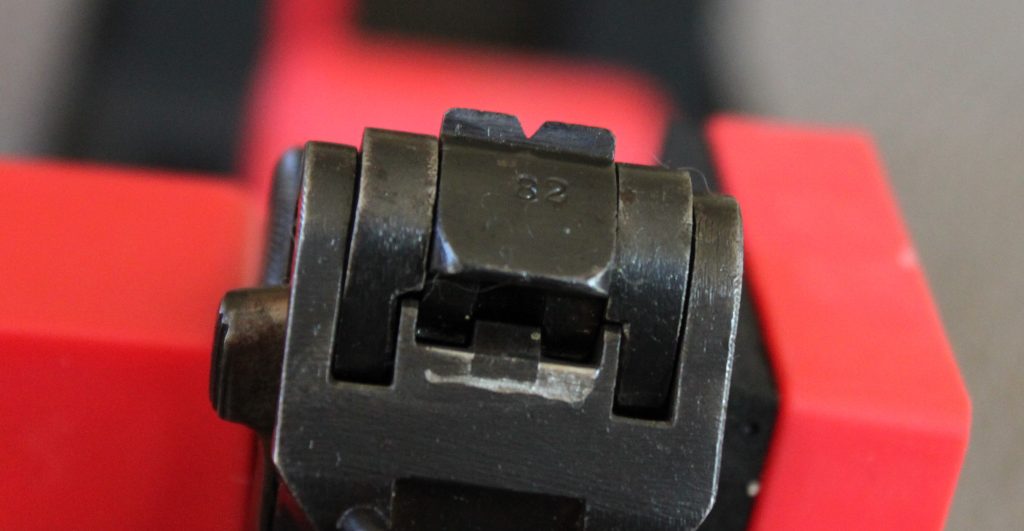
Lots of Alaskans stick to iron sights after having frost cover the lens of their scopes in the winter or rain drops obscure the view through them in the warmer months. When you may suddenly encounter a big bad-tempered grizzly at a range measured in feet instead of yards this is a very bad thing. Finding your scope filled with a close up view of the fur of said bear with no reference point of where to shoot is even worse and can quickly result in your demise.
In addition optic lens sights have a well-deserved reputation for being more fragile and apt to have their zero knocked askance than the simpler and more rugged iron sights. If you fall and get mud and sand on the lens you probably have scratched the lens to its detriment. Cleaning it off in a hurry without making it worse may not be possible. If you fall in the water you may find that many scopes rated as waterproof are only rated for a few feet underwater. After that they leak. When snow covers the creeks yet moving water keeps the creek itself from freezing in Alaska you will eventually fall through if you spend enough time in the bush. When that happens your scope lens is going to be covered with ice by the time you can tend to it. If it leaked then only the factory can fix it.
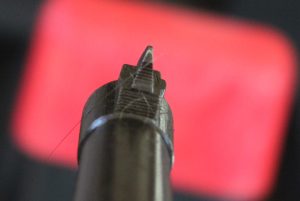
For shooting dangerous game at close range, iron sights are universally preferred by experienced hunters because they are the fastest and most rugged and reliable sights. This is taken to its logical conclusion in a double rifle stocked to its owner’s measurements. Such a gun can be accurately fired out to 100 yards by pointing and firing as soon as it is cheeked without taking time to use the sights. A hundred yards is far further than you would ever shoot dangerous game.
The most common iron sight on rifles is a shallow V rear sight with a bead or square blade front sight. There is often a larger flip up night front sight for low light conditions that may also be employed for very fast close range work. This shallow V rear sight is considered the fastest of the iron sights and it is also the one least likely to have a drop of rain messing up your sight picture.
In America the semi-buckhorn rear sight coupled with a bead front sight has always been popular, particularly on lever actions. Best described as a U notch at the bottom of two outstretched wings it is capable of good accuracy and speed.
A simple U notch may also be found without the wings and used with a bead front sight.
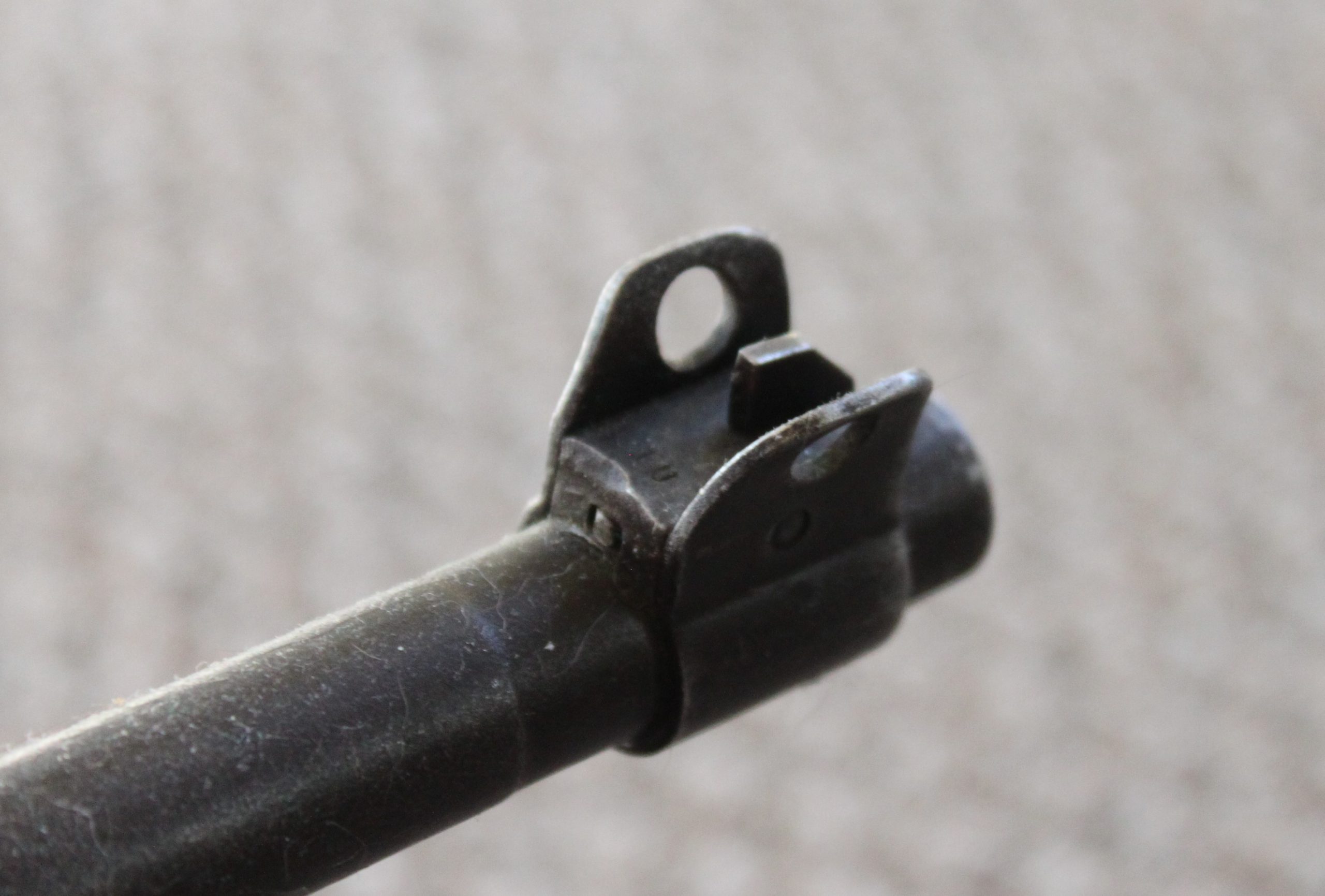
The Patridge sight consists of a square notch rear sight and a rectangular front sight. It is universally popular on American pistols and revolvers, and is often found on rifles.
The American military long favored a square notch rear sight with a narrow blade front sight. Lovely for the National Matches but a bit delicate for combat, these ended up having hoods that cut down on their visibility in low light or wings on each side to protect them which the troops sometimes used instead of the front sight during the stress of combat resulting in misses with often fatal results for the rifleman.
The Europeans had a better solution with the V rear sight and the inverted V front sight. These needed no front sight protection due to their large base, yet they came to a narrow top that enabled MOA shooting just as easily as a narrow blade. Additionally they were easier to find in low light conditions due to their broad base. For open military sights these are the best choice.
Peep sights are the easiest to learn to use as you just look through the aperture of the rear sight and put the top of the blade of the front sight in the center. As the eye naturally looks to the center of a circle placing the front sight there comes easily and naturally. They sometimes have a drop of water blocking the aperture and people not used to them may not like them.
The famous WWI American doughboy Sergeant Alvin York used a M1903 Springfield instead of a M1917 Enfield because he preferred the notched open rear sight of the M1903 Springfield to the newfangled peep sight on the M1917 Enfield, which he detested.
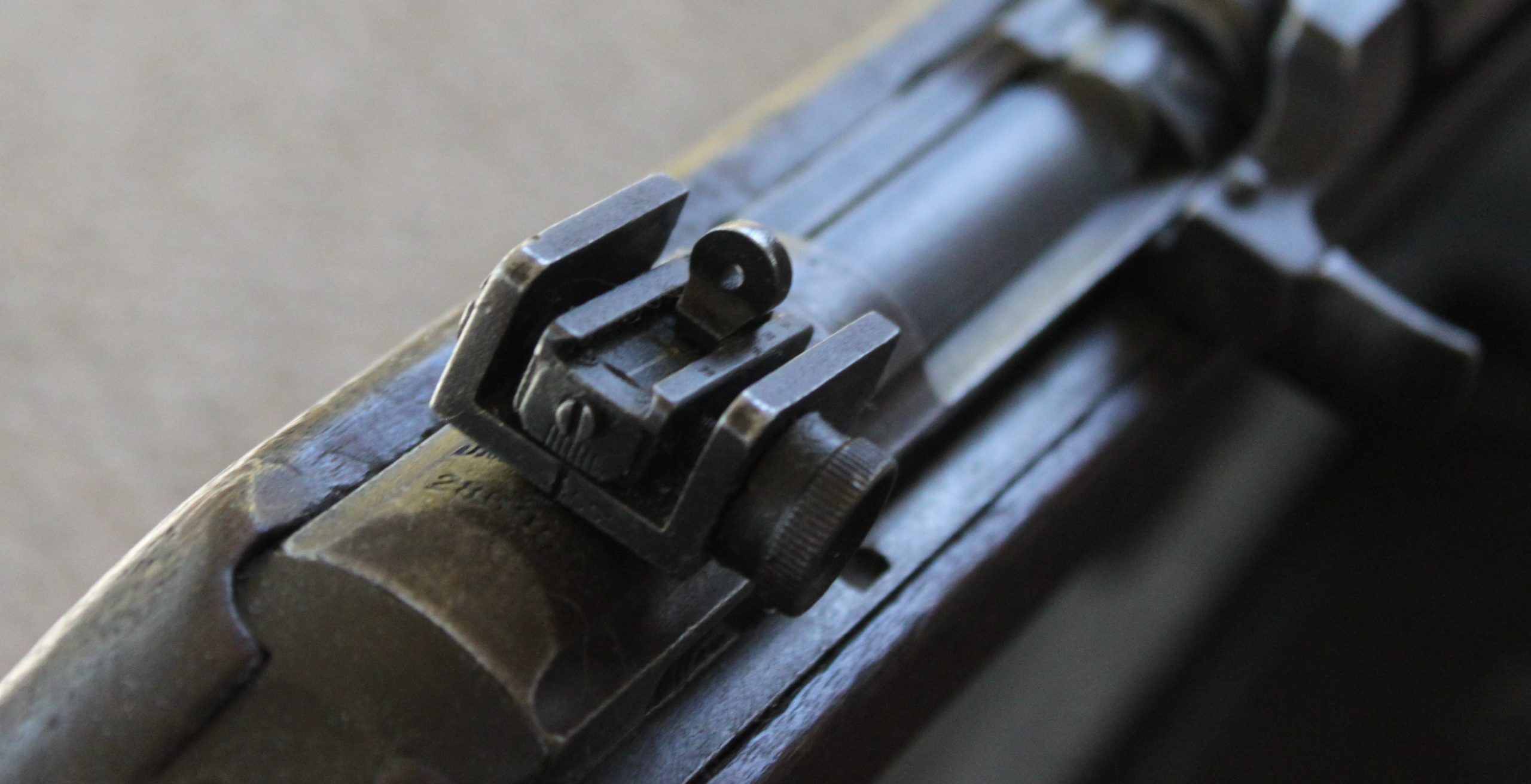
Target shooters want the peep sight as far to the rear as possible so as to get the longest distance between the front and rear sight that they can. As a result most peep sights are now mounted at the rear of the receiver. For the fastest shooting a peep sight should be mounted on the barrel where a traditional open sight would be located. Equipped with a 1/8-inch or larger aperture and used with both eyes open this mounting is infinitely faster and can even be used effectively on aerial targets.
People like the fact that with a telescopic sight all you do is put the crosshairs on the target and that’s all well and good except when it leads to skipping the time it takes to master the use of iron sights. This time spent on learning to shot accurately with iron sights also means becoming familiar with the feel of your gun and where it is pointing.
The importance of this familiarity with your weapon of choice is best illustrated by the old adage “Beware of the one gun man. He probably knows how to use it. Don’t bet against him.”
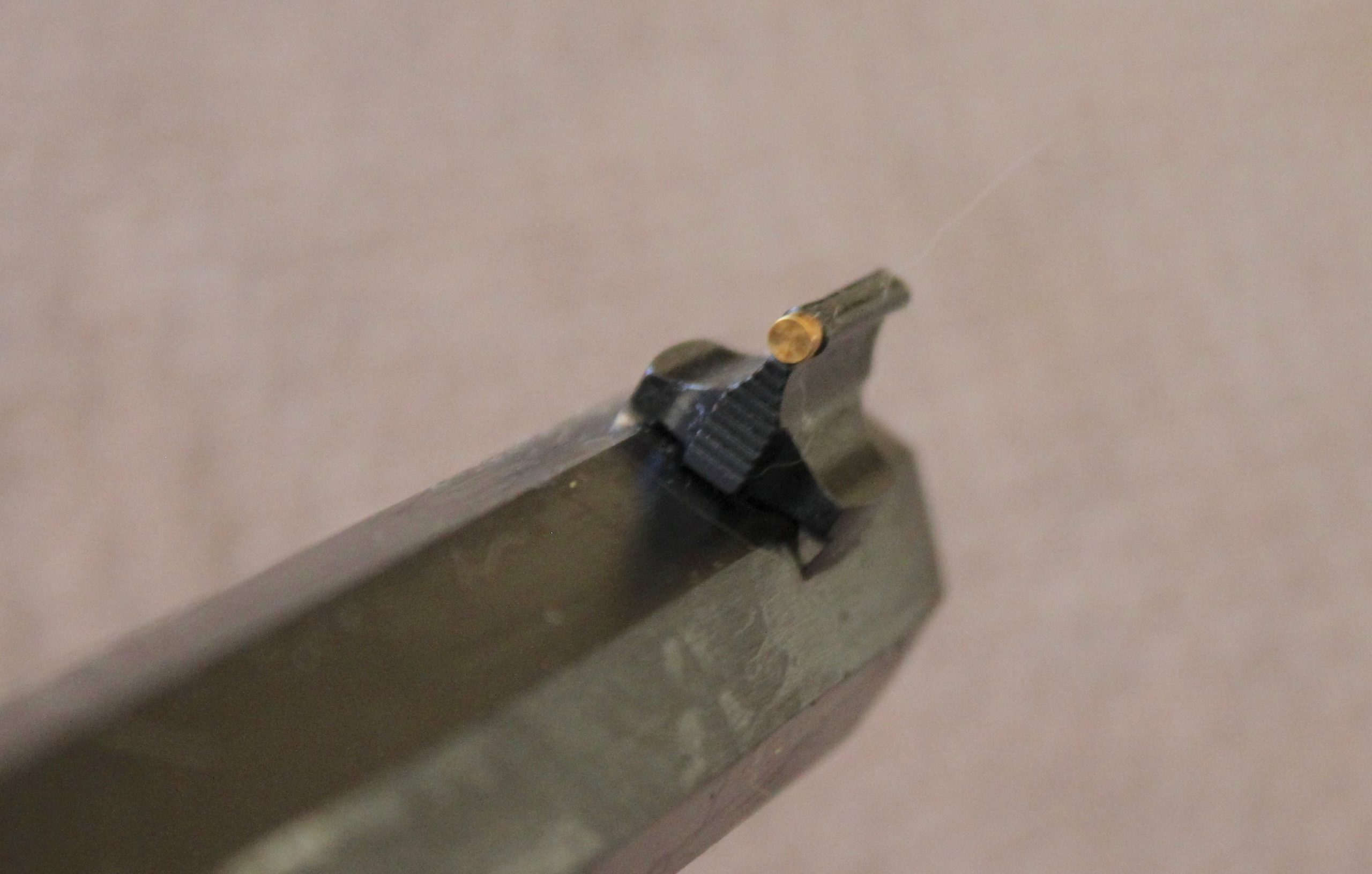
By not mastering iron sights you are also giving up your link to the past with Daniel Boone, Davy Crockett, Buffalo Bill, and all the famous shooters of history. They all mastered iron sights, and you can hardly be considered their peer if you have not. It is a mistake to think that you cannot shoot minute of angle groups with all of these iron sights so long as you have an accurate gun and ammunition. It is no great feat to do so from a bench rest.
With practice you can even do it shooting off hand with no sling. Remember that there are only three ways to learn to shoot. Shooting. Shooting. And more shooting. If you take a short cut and only shoot with a scope from a bench rest you will never be a well-rounded shooter able to handle any situation that befalls you. It is important to master all types of sights and all types of shooting including those that may not appeal to you. You never know when you may need those different skills.



